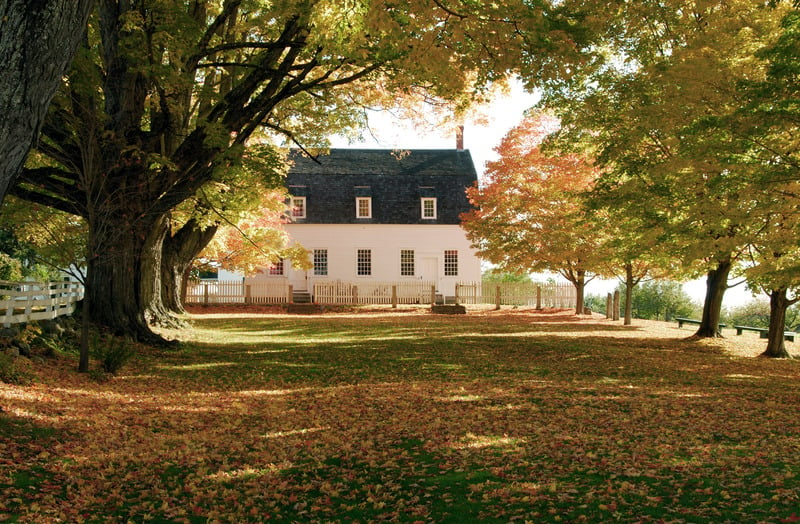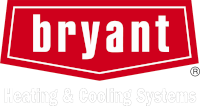
As the leaves change color and the temperatures start to dip in Draper, Utah, it’s crucial to ensure your HVAC system is prepared for the cooler months ahead. Fall is the perfect time to address any maintenance needs your system might have after a long, hot summer. Taking the time now to perform tune-ups and preventive maintenance can save you from costly repairs down the road and keep your system running efficiently and effectively. Here’s how to make sure your HVAC system is fall-ready.
1. Schedule a Professional Tune-Up
One of the most critical steps in preparing your HVAC system for fall is to schedule a professional tune-up. A comprehensive tune-up by a qualified technician includes checking your heating system’s vital components such as the furnace, heat pump, and thermostat to ensure they are all in working order. During a tune-up, a technician will:
- Inspect the heating elements and heat exchanger for damage or wear.
- Check and clean the burner and ignition assembly.
- Evaluate the system's safety controls and startup cycle.
- Lubricate moving parts to reduce friction and wear.
- Test the thermostat to ensure it’s accurate and recalibrate if necessary.
This preventive maintenance is crucial not only for efficiency and safety but also for extending the lifespan of your system.
2. Change the Air Filters
Air filters are vital for maintaining indoor air quality and ensuring the efficient operation of your HVAC system. Dirty air filters can restrict airflow, forcing your system to work harder, which can lead to increased energy costs and reduced system life. Ideally, air filters should be changed every 30 to 90 days, depending on usage and the type of filter you have. As fall approaches, it’s a good time to replace your filters to ensure your system is ready to tackle the new season.
3. Clear the Area Around Your HVAC Units
The external component of your HVAC system, typically located outside your home, needs clear surroundings to operate efficiently. Over the summer, debris such as leaves, dirt, and branches can accumulate around the unit. This buildup can obstruct airflow and decrease the efficiency of your system. Clear any debris around the unit and trim any plants or shrubs to maintain a clear area of at least two feet around the unit.
4. Check Your Ductwork
Leaky or dirty ducts can significantly diminish the efficiency of your heating system. Leaks in the ductwork allow heated air to escape, forcing your system to work harder to maintain the desired temperature inside your home. Before the fall season sets in, it’s advisable to have your ductwork inspected for any leaks or blockages. Sealing leaks and cleaning ducts can improve your system’s efficiency and effectiveness throughout the colder months.
5. Consider Upgrading Your Thermostat
If you’re still using an older thermostat, fall might be the perfect time to upgrade to a programmable or smart thermostat. These devices offer better control over your heating and cooling settings, allowing you to adjust the temperature according to your schedule automatically. This can reduce energy usage and costs, as the system will only heat your home as necessary based on your settings.
6. Insulate Your Home
Finally, ensure your home is well-insulated. Check windows and doors for drafts and consider adding additional insulation where needed. Proper insulation helps retain heat and reduces the strain on your HVAC system, keeping your home warm and cozy without overworking your system.
Preparing your HVAC system for fall is crucial to ensure comfort, efficiency, and reliability throughout the season. With professional tune-ups, timely HVAC maintenance, and a few upgrades, you can enjoy a warm and worry-free fall and winter in your home.
If you need professional assistance, contact Method Heating and Air for expert service and peace of mind.


